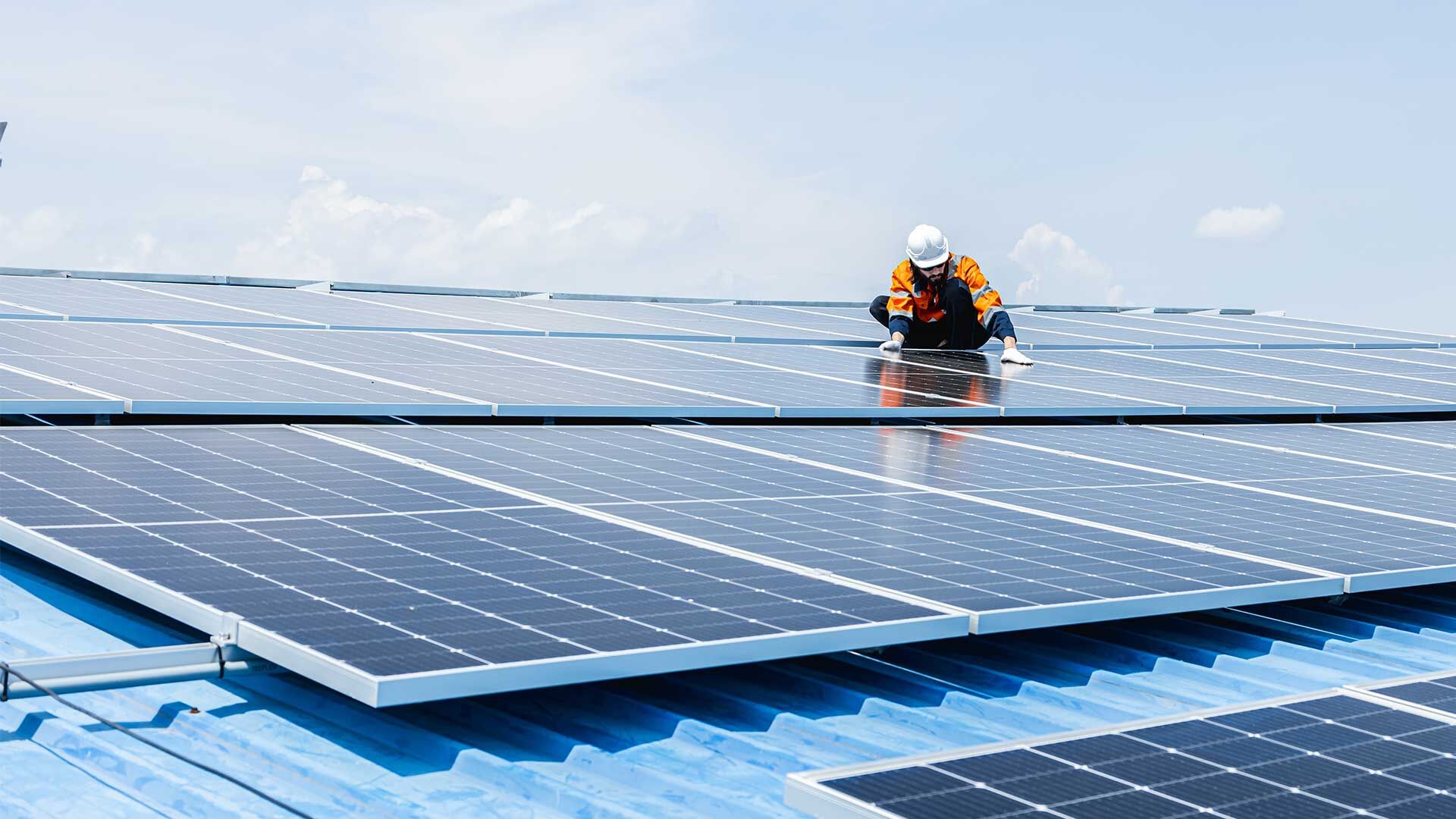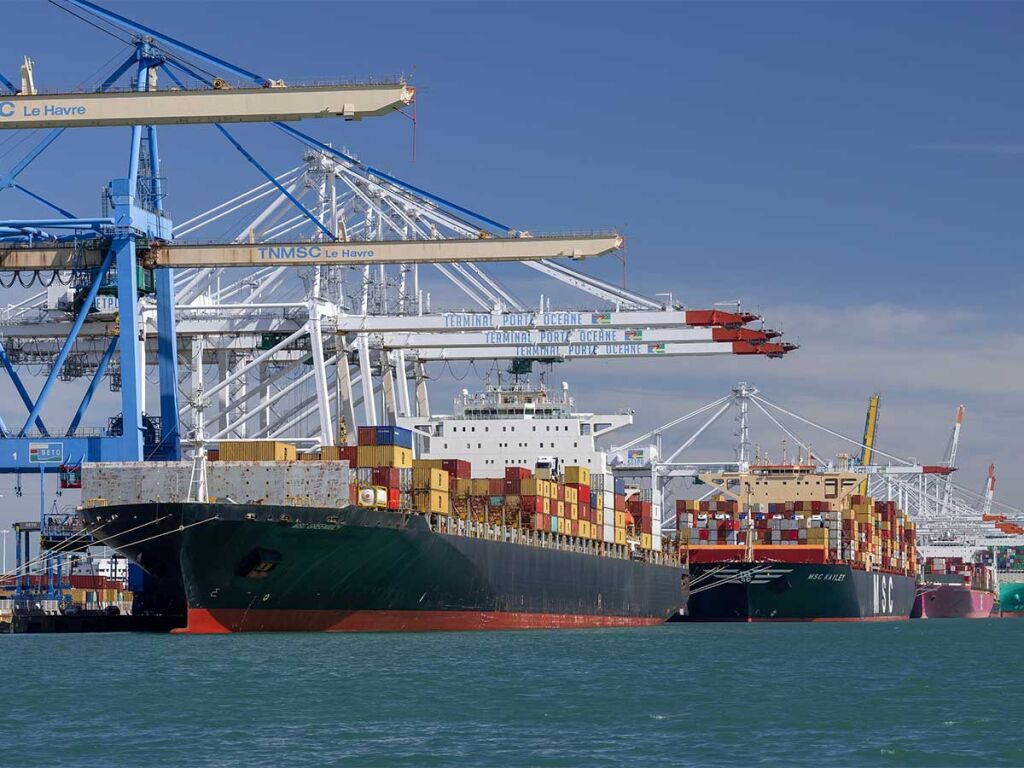Simply short
Inflation down but euro area’s manufacturing still struggling with high energy costs
The decrease in inflationary pressures has already allowed two interest rate cuts this year in the euro area. There is a time lag before their impact will be felt, however, and the monetary policy stance is still contractionary. Stronger purchasing power is supporting consumption, but the recovery in investment is slow. Growth in the euro area's economy is still fairly subdued and is underpinned mainly by the service sectors, as industrial output continues to be weak. There are structural problems in manufacturing that call for an improvement in competitiveness. The service sectors, on the other hand, are in need of a productivity improvement.

The euro area economy is set to experience a soft landing once the period of high inflation and central bank interest rate rises is over. Growth in gross domestic product (GDP) in the euro area has slowed in the past two years, and this year’s growth is expected to be below 1%.
The euro area has suffered more than other key economic regions from Russia’s unjustified war in Ukraine, which has led to swings in energy prices and increased uncertainty. China’s economic growth has been slower than anticipated, and in the United States there have also been signs – especially in the labour market – of a slowdown in the economy. The European Central Bank (ECB) estimates that world trade will nevertheless recover this year from its subdued level of last year. Growth in the euro area economy is expected to pick up in 2025, driven by private consumption and external demand.
Inflation in the euro area has already fallen from last year’s average of over 5% and is now close to 2%. It is expected to return sustainably to the 2% target during 2025. This favourable development has been helped by the stabilisation of energy and food price increases and by monetary policy measures that have curbed aggregate demand and kept inflation expectations in check. The inflation risks in the immediate years ahead concern wage growth, which has so far continued to be high. Geopolitical risks could also change the outlook for economic growth and inflation. The Bank of Finland’s analysis shows that the effect of geopolitical surprises on inflation can vary, either fuelling it or reducing it.
Household incomes in the euro area have increased in real terms (adjusted for inflation) as a result of earnings growth and lower inflation. The purchasing power impact of interest rate changes varies by country and among households according to different factors, such as the extent to which a household has fixed or variable rate loans and the ratio of a household’s loans to its deposits. The Bank of Finland’s analysis indicates that the impact of interest rate changes on the level of rates for business loans varies both by country and industry. Overall, interest rate increases have reduced the demand for mortgages and business loans in the euro area. Although interest rate cuts have already begun, monetary policy is still restrictive, constraining economic growth and inflation.
Private consumption is being underpinned by the still robust employment situation, but there are already some signs that the labour market is cooling. Job vacancies have decreased and companies’ employment expectations have weakened. The ECB anticipates further growth in employment, though at a slower pace. The supply of labour has increased as a result of a rise in the labour force participation rate and in immigration. However, the growth in hours worked has been markedly slower than the increase in employment. The Bank of Finland estimates that the structural unemployment rate in the euro area has fallen, which has reduced the tightness of the labour market.
Service sectors are becoming increasingly important in the euro area’s output. These sectors were boosted especially by the post-pandemic recovery in tourism. By contrast, industrial output in the euro area has still not returned to its pre-pandemic level, and its performance has been weaker than in other key economic regions. An important reason for this has been the rising cost of energy since imports of cheap Russian energy were discontinued. Although energy costs have eased since their autumn 2022 peak, having initially risen steeply, electricity and gas are still significantly more expensive in the euro area than before the energy crisis. Electricity and gas are also notably more expensive than in other key economic regions. If energy costs in the euro area remain permanently high, industrial output will be likely to stay weak for a long period.
The euro area’s potential output has long been growing at a slower pace than in the United States. In addition, productivity performance in the euro area has been below that in the US. Poor performance is also evident in the euro area’s terms of trade and share prices, which have been stagnating at the same time as they have risen considerably in the United States. The low output growth is also attributable to the euro area’s unfavourable demographic trends, insufficient levels of investment and innovation, and Europe’s lagging behind in digitalisation and artificial intelligence.
Identifying the nature of the problems in manufacturing in the euro area is essential for decision-making on monetary policy, because it affects assessments of the significance of cyclical conditions and the inflation outlook. If the problems are structural, the economy’s long-term interest rate level will be lower. The solution to the structural problems would require major reforms in the euro area.






